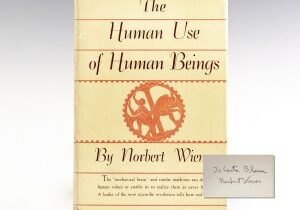John Updike’s most famous work is his series on Harry “Rabbit” Angstrom: Rabbit, Run, Rabbit Redux, Rabbit Is Rich, Rabbit At Rest, and the novella “Rabbit Remembered.” They chronicle Rabbit’s life from young adult to his death, winning Updike the Pulitzer Prize for both Rabbit Is Rich (1981) and Rabbit At Rest (1990). While these may be the author’s most popular work, the series is by no means the significant entirety of his corpus. There is a world of cultural description and literary enrichment found in his many other novels. Of the Farm (1965) marks a break from his early Rabbit-work in which he became most famous for depicting the confused infidelity and social unrest of suburban America.
Updike’s subjects are the American small town and the Protestant middle class, and he populated his fiction with characters that are forced to confront crises of religion and familial responsibility. This chronicle of suffering that average Americans endure has led critics to consider Updike one of the great American writers of his time. His publication of The Witches of Eastwick (1984) was another instance of the author’s insightful perspective, and the novel’s intelligent approach to the topic of female power and how it has been denied by patriarchal societies make it more than a pro-feminist trifle.













